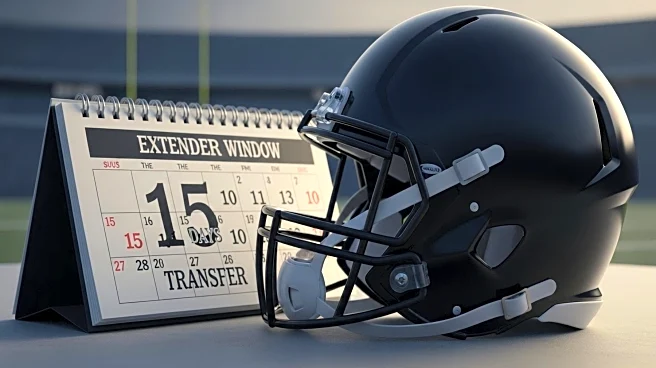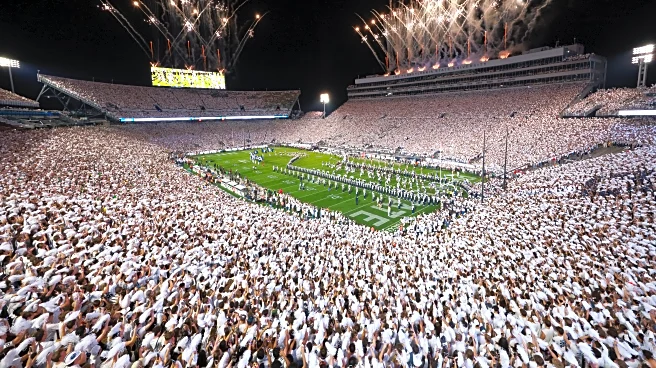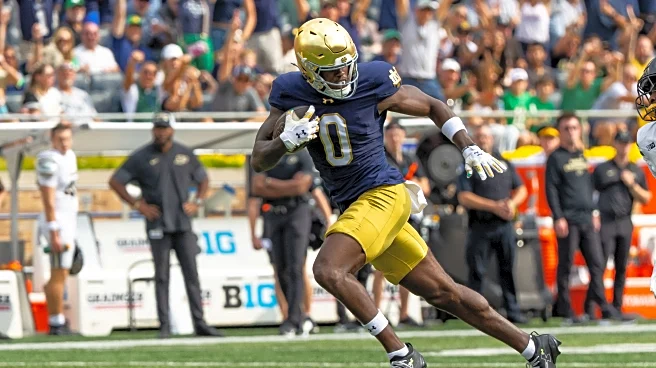What is the story about?
What's Happening?
The NCAA Division I Football Bowl Subdivision Oversight Committee has proposed extending the notification-of-transfer period for college football athletes from 10 days to 15 days. Initially, the committee recommended a 10-day window from January 2 to January 11. However, after receiving feedback from athletes, the proposal has been adjusted to a 15-day period, spanning from January 2 to January 16. The current transfer window is a 20-day period from December 9 to December 28, which poses challenges for fall athletes participating in postseason games. The new proposal aims to provide athletes competing in playoffs on or after January 12 with a five-day period to enter the transfer portal, starting the day after their team's final game. The committee has yet to decide on a separate 30-day window for student-athletes to enter the transfer portal following the departure or dismissal of a head coach.
Why It's Important?
The proposed extension of the transfer window is significant as it addresses the logistical challenges faced by college football athletes during the postseason. By allowing a longer period for athletes to enter the transfer portal, the NCAA aims to provide more flexibility and support for student-athletes navigating their academic and athletic commitments. This change could impact the dynamics of college football teams, as it may lead to increased player movement and roster changes. Additionally, the proposal reflects the NCAA's responsiveness to athlete feedback, highlighting a shift towards more athlete-centered policies. The decision could influence other sports and divisions within the NCAA, potentially leading to broader reforms in transfer policies.
What's Next?
The Division I Administrative Committee is set to review the new proposal on October 7-8. If approved, the extended transfer window could be implemented for the upcoming transfer period. Stakeholders, including college football programs, coaches, and athletes, will likely monitor the decision closely, as it could affect recruitment strategies and team compositions. The outcome of this proposal may also prompt discussions on further adjustments to transfer policies across other NCAA sports.
AI Generated Content
Do you find this article useful?














